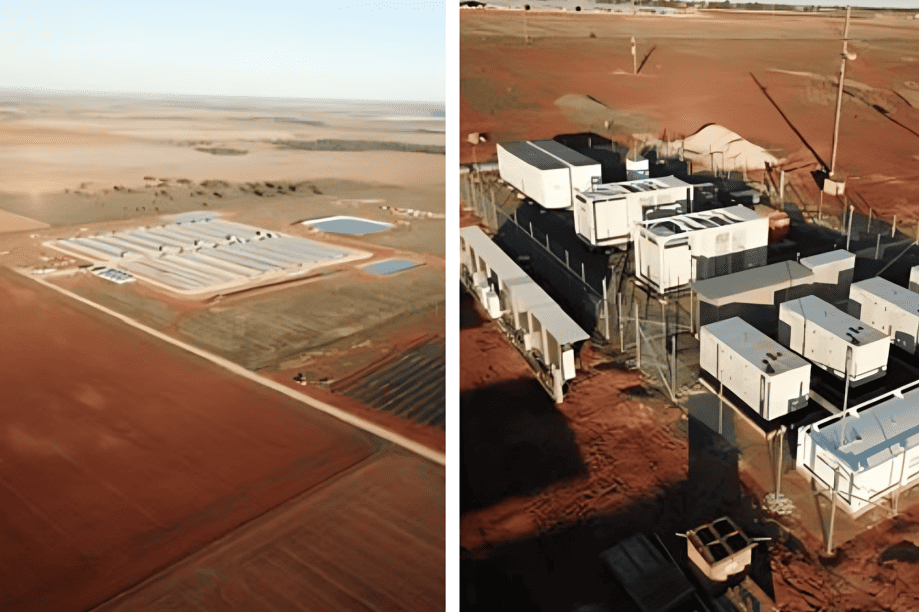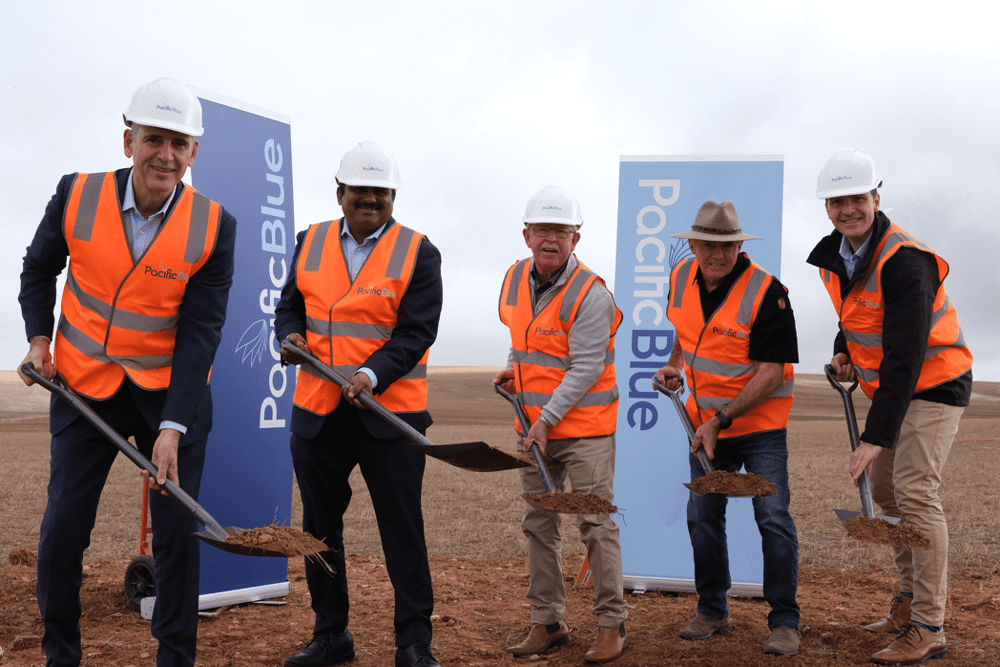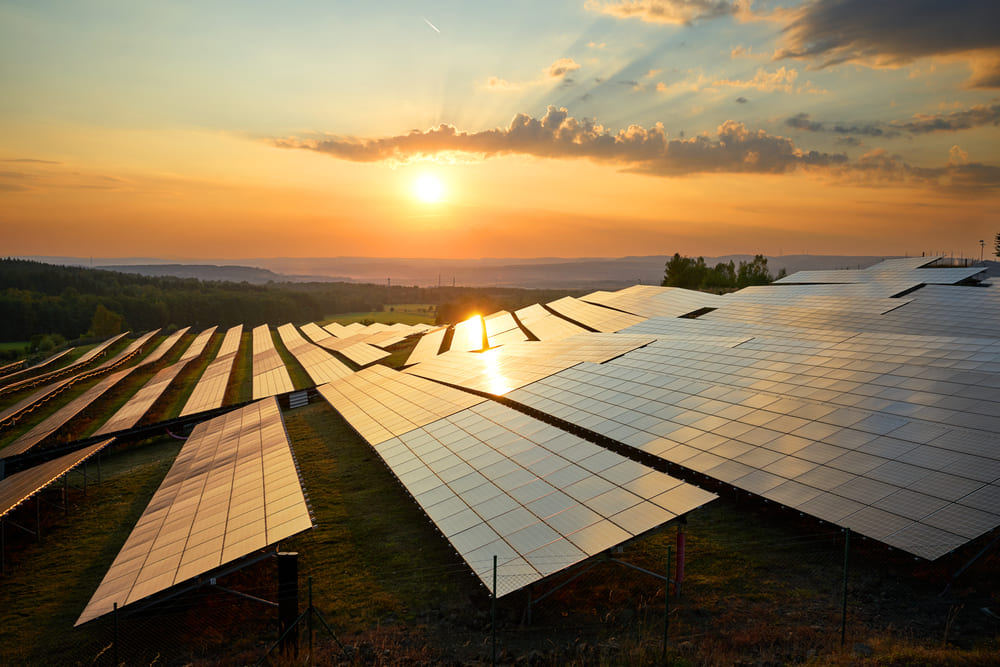
The Australian Prime Minister’s April 2021 deadline for electricity generators to develop a plan for 1000 megawatts (MW) of new dispatchable energy in New South Wales in time for the end of 2023 is fast approaching. If the deadline isn’t met, the government has indicated that it will go it alone and build a new state-run gas generator at Kurri Kurri.
According to the Australian Energy Market Operator (AEMO), the new capacity required to replace the country’s existing fossil fuel generation will be in the order of 26-50 gigawatts (GW) by 2040, and this will come from variable sources such as large-scale wind and solar.
As a result, between 6 and 19 GW of new dispatchable resources – a power source that can be turned on or off according to the demand for electricity – will be required to provide firming support for this influx of new renewable capacity.
Federal Energy and Emissions Reduction Minister Angus Taylor is among those who argue that gas is best placed to provide this support.
However, a new study from the Clean Energy Council (CEC) finds that batteries are a far superior choice for electricity peaking services, outcompeting gas on cost, flexibility, services to the network and emissions. The proportion of clean energy in Australia has risen from 17.3 per cent of total generation to 27.7 per cent over the past five years. It is now clear that Australia’s energy future will rely heavily on renewables.
The study – Battery Storage: The New, Clean Peaker – compares a new 250 MW gas peaker with a 250 MW grid-scale battery with four hours of storage, both built in NSW, over a 20-year period. It finds that the battery provides cost savings of more than 30 per cent on a levelised cost of energy basis, providing energy for $156/MWh compared to $234/MWh for a gas peaker.
And the commercial case for batteries will only get better as battery technology advances, greater economies of scale reduce the cost of batteries, and new markets are established to reward the services they provide.
Aside from cost, the CEC notes that batteries provide a range of benefits such as having a fast response rate, a wide range of network support services and zero emissions.
In comparison, gas projects come with several added risks, including exposure to fluctuating gas prices, planned and unplanned outages and carbon risk premiums.
One of the main criticisms of batteries is that they don’t provide an adequate duration of storage. However, the demand spikes that peaking services are designed to meet, which usually occur on sweltering days, typically range from a few seconds to a couple of hours.
This is why the market is showing a clear preference for two to four hours of storage duration, with recent announcements by leading investors in storage, including AGL, Origin Energy, EnergyAustralia, Neoen, Maoneng and the Victorian Government’s renewable energy zone plan all seeking this capacity.
Strengthening the transmission grid and expanding and better utilising Australia’s hydropower is the best way to meet much longer duration storage needs.
The market is starting to recognise the significant potential of batteries, with 15 large-scale battery projects already announced this year, representing 6.6 GW of storage and $4.3 billion in investment.
The CEC states that large-scale batteries’ capability is unrivalled, and over the past three years, they have been increasingly important in keeping the grid stable and keeping power flowing to energy users, particularly as old coal generators have become less reliable.











